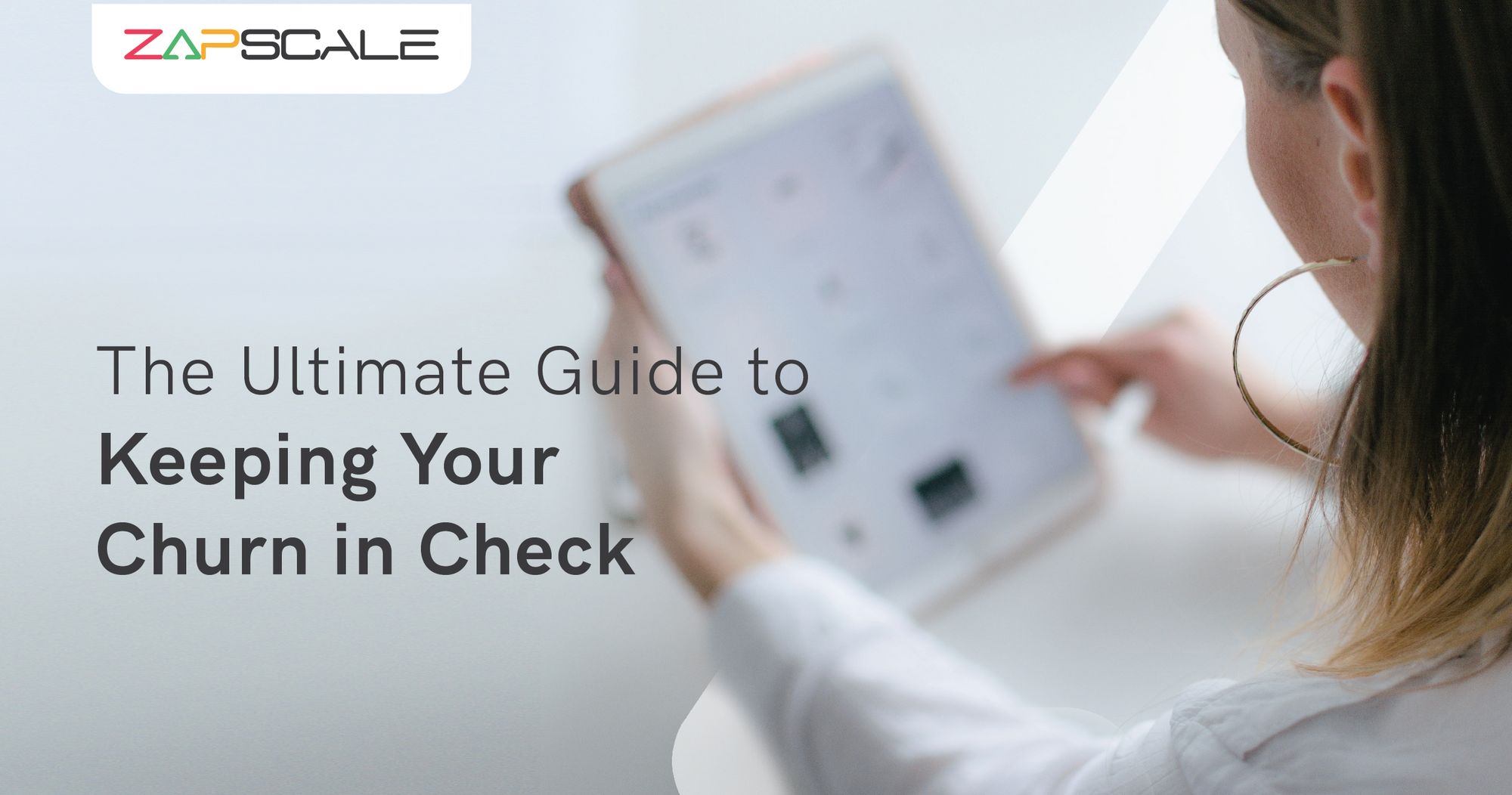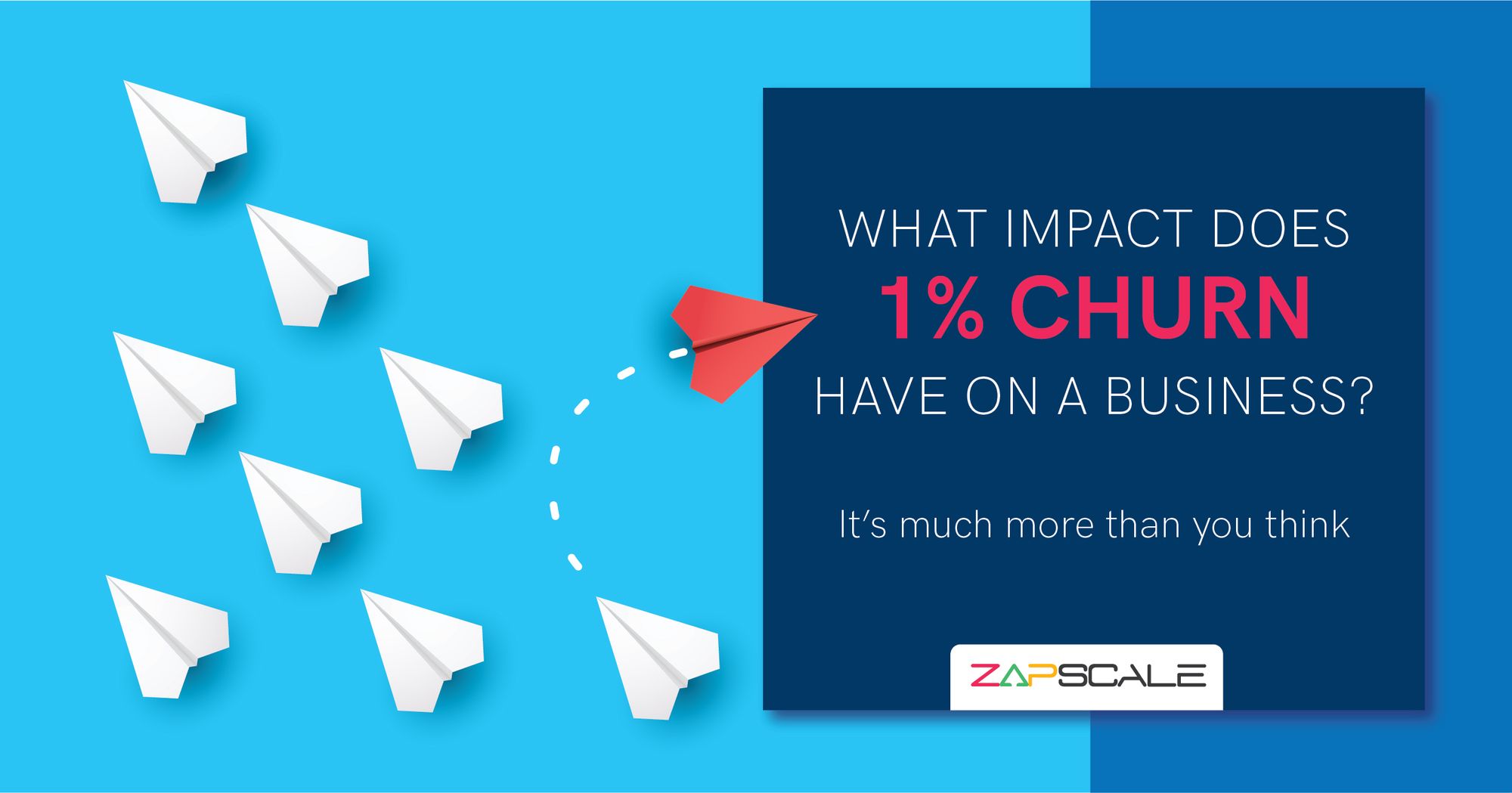CATEGORY > GLOSSARY
Customer Journey Completion Rate
What Is Customer Journey Completion Rate?
It measures the percentage of customers who successfully navigate and complete your desired journey, like signing up, making a purchase, or achieving a specific goal..
Analyzing completion rates across different journey stages helps identify friction points and areas for improvement.
How To Calculate Customer Journey Completion Rate?
The formula varies depending on the specific journey you're tracking:
Overall completion: (No. of Customers Completing Journey / No. of Customers Starting Journey) x 100%
Stage-specific completion: (No. of Customers Reaching Stage / No. of Customers Entering Stage) x 100%
Track user progress through your analytics platform, CRM system, or journey mapping tools.
An Example of Customer Journey Completion Rate
An e-commerce website has a signup process with 3 steps: email address, password, and payment information.
100 users start the signup, 80 complete the first step, 60 reach the payment stage, and 45 successfully complete the purchase.
Overall completion rate: (45 / 100) x 100% = 45%
Step 1 completion rate: (80 / 100) x 100% = 80%
Step 2 completion rate: (60 / 80) x 100% = 75%
Step 3 completion rate: (45 / 60) x 100% = 75%
Insights on Customer Journey Completion Rate
Understanding the journey completion rate enables you to:
- Identify drop-off points and bottlenecks in your customer journey
- Evaluate the effectiveness of different journey stages and touchpoints
- Prioritize improvements based on impact and potential user impact
- Measure the overall effectiveness of your marketing, conversion, and onboarding efforts
Additional Considerations for Customer Journey Completion Rate
- Track completion rates for different customer segments and journey types
- Use heatmaps and session recordings to understand user behavior at each stage
- Conduct user interviews and surveys to gather feedback on pain points and suggestions
- A/B test different journey elements like forms, CTAs, and content to optimize for higher completion rates
- Consider the context of your journey: Some journeys, like free trials, may naturally have lower completion rates than purchases
TOP BLOGS
Quality Content,
Straight To Your Inbox!
Subscribe for the latest blogs, podcasts, webinars, and events!

Write a Blog
If you have experience in CS and
a flair for writing, we’d love to
feature you.
Write to us on
hello@zapscale.com

